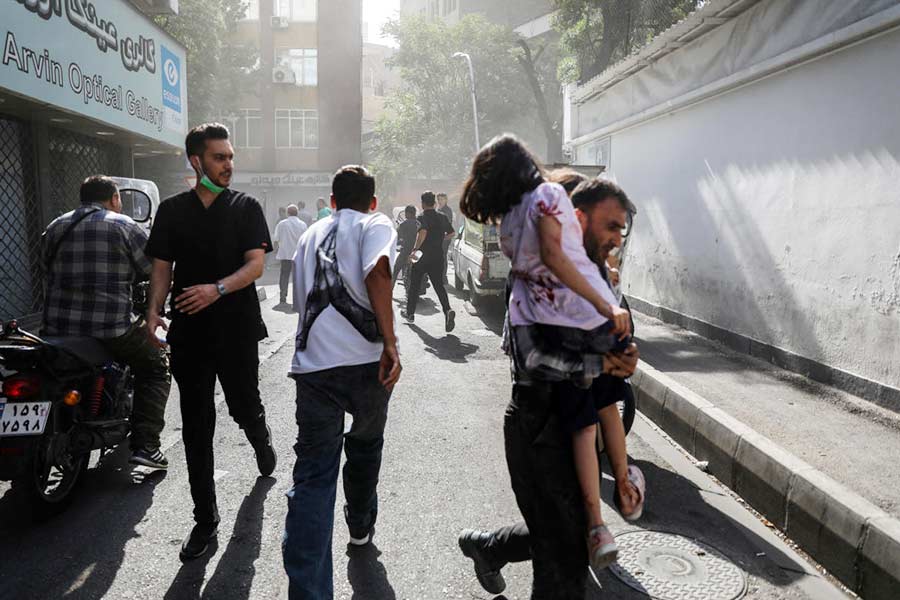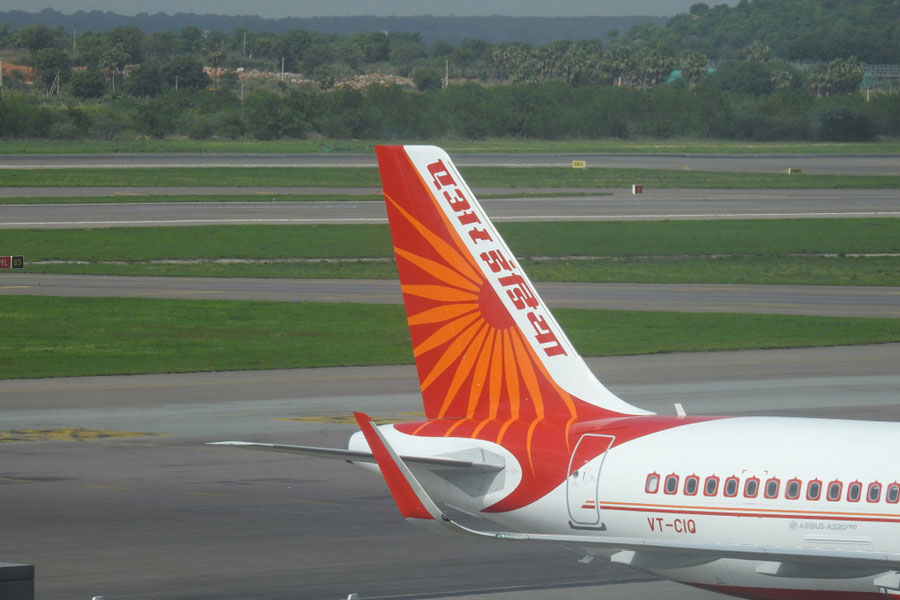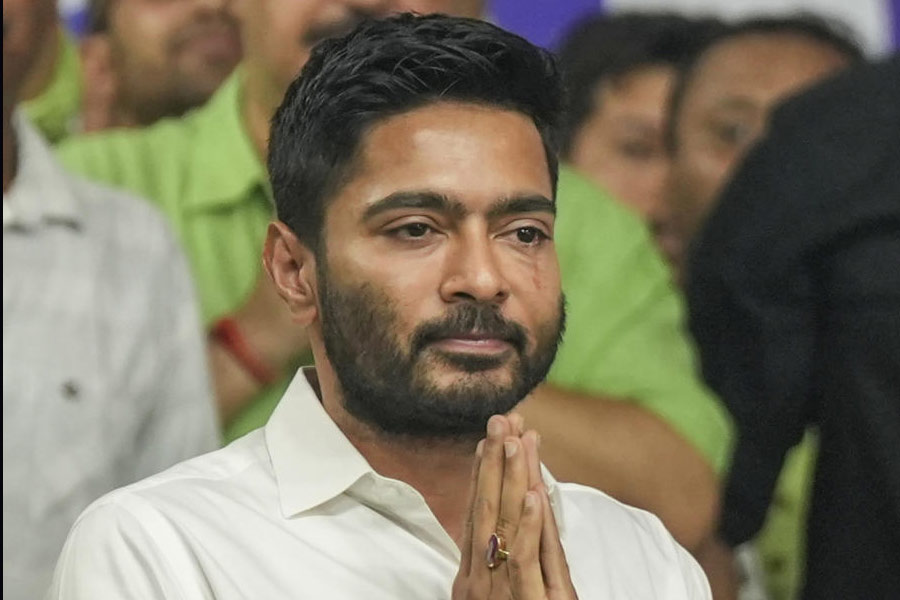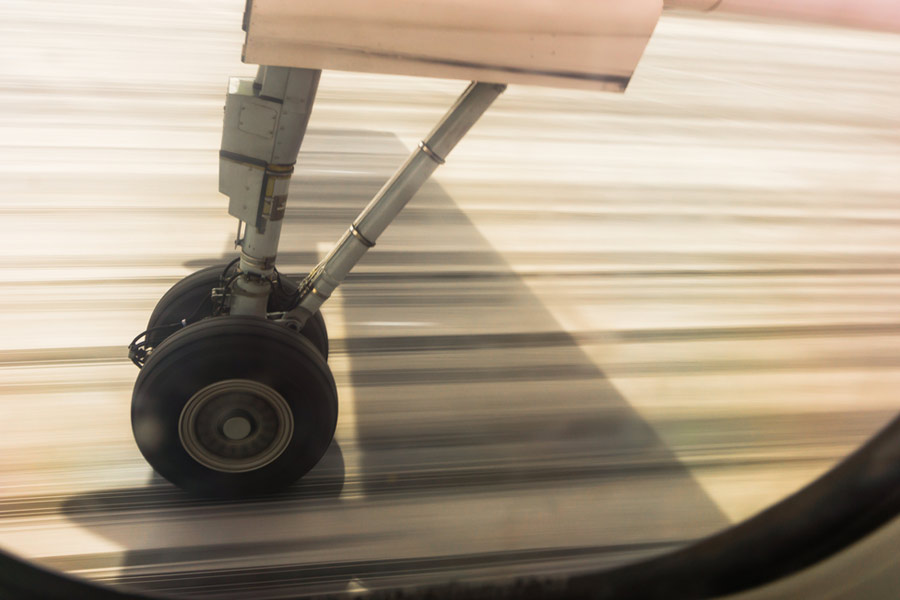I have always returned to Bhubaneswar with great eagerness and a degree of curiosity. Has anything changed? Sparkling bright lights greet me as I land at Biju Patnaik International Airport. Driving through the streets, past Naveen Nivas, the Raj Bhavan, new secretariat and a host of good-looking buildings, I can see the change.
The pace of change has been dramatic. While ordinary folks struggle to make ends meet, the new rich flaunt their wealth by conspicuous consumption and pay bribes as a matter of course. In this city, money talks louder than one could imagine some years ago. Cuttack, the old capital from before the days of the Raj, remains the commercial capital, but not much has happened there. Balasore, the coastal town, stands neglected. The same is the fate of Berhampur, Sambalpur, Puri and the steel town of Rourkela.
But the state capital is shining and thriving with its proximity to the great beaches in Puri and Gopalpur, the temple of Lord Jagannath and the Sun temple at Konark. The city itself, with its myriad temples, monuments and caves as well an open-air zoo and the new six-lane road to Puri holds out promise of being among the best tourist hotspots, competing with Goa and Kerala. The new international airport inspires admiration. One wonders if Bhubaneswar is surging ahead because resources are being diverted disproportionately at the expense of the rest of Odisha.
In rural Odisha, people have enough to eat. They may lack education but aspire to see their children doing well. Most send their children — both boys and girls — to school.
Primary and secondary school enrolment, as well as admission at the ITIs, has grown considerably. Most impressive is the eagerness and excitement among parents to encourage their children to study. In many villages, there has been a literacy drive for women. Malaria and cholera deaths have almost vanished, and deaths due to malnutrition or life threatening diseases have declined. One does not hear of HIV infections. Life expectancy across villages has increased. Many homes have television and refrigerators as well as cooking gas (LPG) and mobile phones.
Under a government scheme, houses are fast becoming brick and concrete and mud walls are disappearing. The roads have been paved, and in many villages there is running water. By and large, people have learnt to use latrines and do not defecate in the open. Grassroots democracy under the panchayat raj is vibrant, and despite political rivalries and score settling there is respect for democratic institutions. Under the women’s quota, at the panchayat level, I saw women sarpanches running their panchayats with enthusiasm and skill. More and more people in rural Odisha are engaging in politics. They are intelligent and discerning and cannot be easily fooled by unscrupulous politicians. Local conflicts and feuds are generally settled amicably at the sarpanch level.
But with the economy being largely agrarian, people are dependent on the vagaries of nature. A bad monsoon can cause havoc in the lives of people, leading to hunger and starvation. Slowly, many are shifting from their exclusive dependence on a single crop. Some are using modern technology and striving for better irrigation.
The state government’s recent thrust on support for agricultural production and productivity will no doubt make a difference. The fight against starvation deaths in Kalahandi, however, is exaggerated, and the spectre of farmers’ hunger in certain parts of Odisha must be overcome. The state’s increased welfare handouts such as the one rupee per kg rice and subsidised cooking gas and raising of the minimum wage has made people dependent on doles. It encourages them to stay away from work. Despite good intentions, there are accusations of incompetence and mismanagement by the administration. Hopefully, the direct cash transfer scheme giving welfare payments directly to the poor will benefit them.
The chief minister had initiated several MoUs with globally acclaimed firms such as Posco, ArcelorMittal, Tata and Vedanta, but despite efforts the projects have not come to fruition. The delays, shortcomings and cost overruns together with fierce political disputes over land acquisition have created disenchantment and frustration among those who want to see the state grow.
Economic development must go along with social justice and good governance. The state has gained notoriety for corruption and crime. The chief minister’s clean image has had no resonance down the line. Almost the entire political class and service officials are perceived to be corrupt.
The future will depend on the political climate in the state and whether the 2014 elections in the state peacefully returns a single party majority. Naveen Patnaik has demonstrated sagacity and courage in steering the state’s affairs during his three terms. Apart from the Biju legacy, he owes his success to a mixture of luck, a distraught and ineffective Opposition and his Mr Clean image. He was also lucky to have his one-time confidante Pyari as his political advisor, who stabbed him in the back and attempted to overthrow him.
What is going to be the likely scenario for the 2014 election? The Congress is in disarray and has lost its image. The BJP is fractious and lacklustre. As for Pyari’s Jana Morcha, there are doubts that a party starting from the scratch can make much of an impression at the hustings.
The state should now reinvent itself by bringing about much-needed change, vowing transparency, rooting out corruption, addressing issues of poverty, unemployment and lack of education. There is a need to attract foreign direct investment to finance power plants, overall infrastructure and industrial development. The state must exploit its great potential to become a tourist and business hub. The Maoist problem needs to be tackled by bringing the tribal people into the mainstream and providing all-round development in the tribal region. Land rights are to be respected and fair compensation paid for land acquisition.
Will Naveen Patnaik be able to respond to the challenges and live up to his illustrious father’s legacy? The gentleman politician who left his posh Aurangzeb Road bungalow, a rollicking lifestyle and rapturous parties to embrace a self-imposed exile in an alien setting should know that he has promises to keep.











